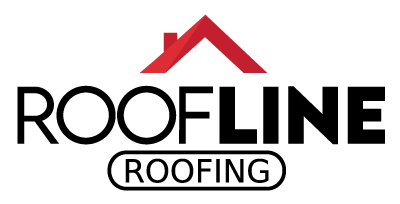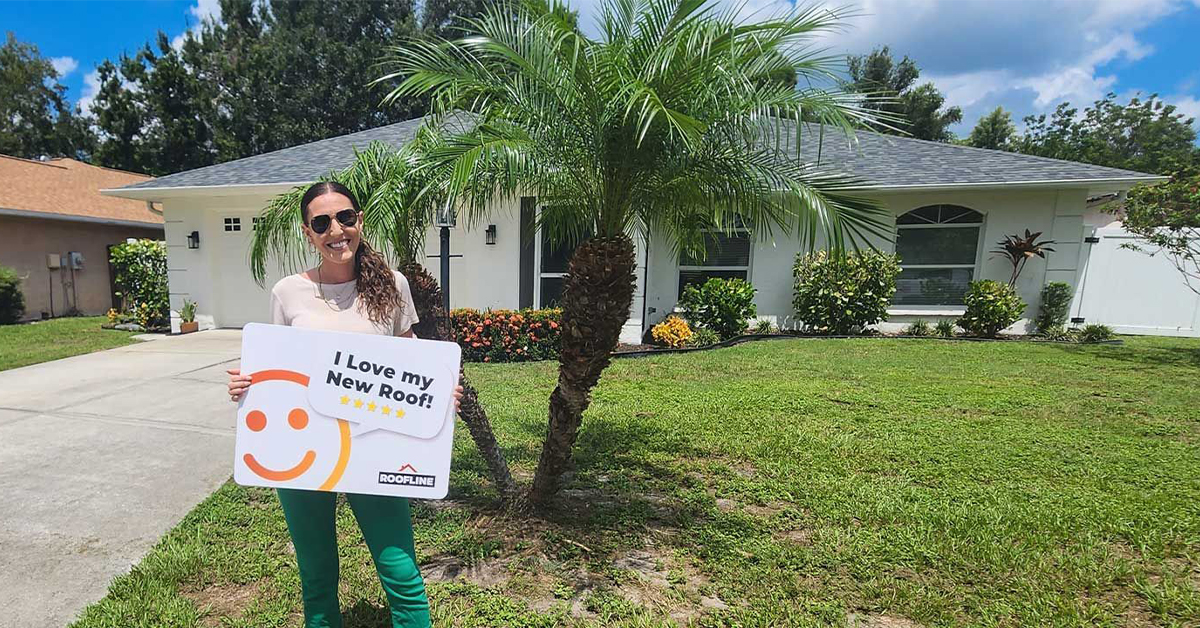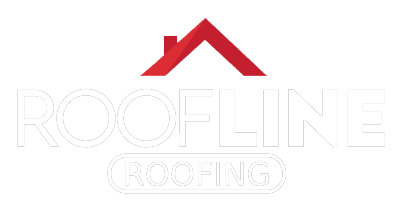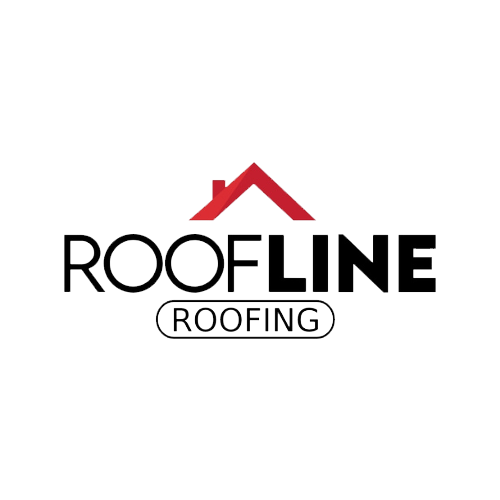Addressing a roof leak promptly is crucial for homeowners and commercial property managers alike. A roof not only shelters our homes and businesses, it also keeps valuable assets safe, maintaining structural integrity and ensuring safety. In South Florida, where sudden storms can cause unexpected roof damage, understanding immediate responses to leaks is vital. This guide focuses on managing leaks swiftly and efficiently, whether it’s at home in Bradenton or in larger commercial settings. By following these simple yet effective strategies, property owners can mitigate damage, protect investments, and ultimately, prevent future occurrences.
Early detection plays a profound role in managing roof leaks. Spotting warning signs like ceiling stains, warped walls, or mold growth can prompt a quick action plan. From containing water to identifying leak sources, each step is part of a comprehensive approach to safeguarding your property. Furthermore, the role of professional intervention cannot be understated, as qualified experts can address hidden issues and provide long-term solutions. Engage actively with such measures to maintain your roof’s health and optimize its protective functions, ensuring your property remains a safe and dry haven.
Immediate Response: First Actions upon Discovering a Leak
Discovering a leak in your roof, whether at your home or business, can be unsettling. Ignoring it, however, is never wise. A quick response in addressing a roof leak can prevent further damage and potentially save on costly repairs. In this post, we’ll delve into the steps you should take immediately upon discovering a leak, with a focus on roof leak immediate response in Bradenton.
Recognizing the Signs Early
Before taking action, it’s crucial to identify the signs of a roof leak. Stains on the ceiling or walls, dampness, or even the sound of dripping water are common indicators. According to a study by the National Roofing Contractors Association, addressing these symptoms early can significantly mitigate damage. The sooner you notice these signs, the quicker you can react, reducing the risk of further structural or mold damage.
Action Steps – The Immediate Response
1. **Contain the Water**: At the first sign of a leak, quickly contain the water. Use buckets, trash cans, or any large containers you have on hand to catch water and prevent it from pooling on the floor. For smaller leaks, even pots and pans from your kitchen can be effective temporary solutions. Don’t forget to move any valuables or electronics to avoid irreversible damage.
2. **Relieve Water Pressure**: If there’s a bulge in your ceiling, water is likely pooling above it. Pierce a small hole in the center of the bulge using a screwdriver and allow the water to drain. This might sound counterintuitive, but controlled drainage prevents the buildup of excess pressure that might lead to a larger break.
3. **Identify the Source**: While it might seem obvious, pinpointing the exact source of a leak can be tricky. Water may enter at one place and run down surfaces to appear in another, which is why roof inspections and maintenance are vital. On average, leaks don’t always occur where water is dripping indoors. Being familiar with your roof’s construction and identifying weak points like damaged flashing or worn shingles can be beneficial.
4. **Temporary Fixes**: If it’s safe, go into your attic during daylight and look for holes where sunlight gets through the roof. This can often be a giveaway of a leak. Roof cement or a tarp can temporarily cover a leak until professional repairs can be undertaken. Note that this is not a long-term solution and full repairs by experts will be necessary for peace of mind.
5. **Call a Professional Roofing Service in Bradenton**: While it’s essential to stop the immediate damage, long-term solutions lie in professional interventions. Experts can assess whether you need only minor repairs or a more extensive overhaul. Beyond aesthetics, professionals use tools to discover hidden problems like mold, rot, or insulation issues, which might not be immediately visible.
Lessons from Completed Studies
A study from the University of Minnesota shows that 30% of roofing-related insurance claims involve water damage. Securing insurance coverage requires proper documentation. Take photos and videos of the damaged areas immediately after the incident. This is crucial when filing an insurance claim.
Another piece of research from the Roofing Contractors Association of Texas revealed that homes with frequent roof inspections face fewer issues in the long term. Scheduling biannual check-ups, especially before the winter and summer seasons, can preemptively resolve minor issues before they escalate.
A Roof Leak in the Commercial Sector
For businesses, a roof leak can disrupt operations and endanger employee safety. In large commercial buildings, isolating the leak’s location may take longer, and damages to electronics or sensitive equipment can be costly. Instituting regular training for staff on how to manage leaks can reduce this risk. Providing employees with guidelines helps maintain safety and preserves machinery.
Leaking roofs, when untreated, can affect structural integrity, lead to mold growth, and escalate repair costs. Rapid response is vital, not only to manage the immediate aftermath but also to ensure longevity and safety. By taking proactive measures and leaning on professionals for comprehensive solutions, property owners in Bradenton can protect their assets and investments effectively.
Assessing Damage: Identifying the Severity of the Situation
Assessing Damage: Identifying the Severity of the Situation
Understanding the extent of roof leak damage is crucial for efficient repair and preventing further complications. To effectively gauge the severity of a roof leak, a comprehensive damage assessment is required. Property owners in Longboat Key and beyond can streamline this process by following structured evaluation steps.
Firstly, inspect the interior for telltale damage signs such as peeling paint, warped ceilings, or buckling walls, as these can indicate longstanding water intrusion. Interior damage can often provide significant clues about the duration and path of a leak. According to the American Society of Home Inspectors, such symptoms signal that water has traversed beyond the surface layer, possibly affecting insulation and supporting structures beneath.
Proceed to check for signs of mold or mildew, especially in areas with prolonged exposure to moisture. Mold can set in rapidly, with the Environmental Protection Agency noting that it can begin to grow within 24 to 48 hours in humid environments, common in South Florida. Identifying patches of mold early is critical since they indicate where moisture has settled for extended periods, exacerbating roof integrity issues.
Attention should then shift to the attic, a pivotal area for damage assessment. During daylight, this space should be inspected for visible rays of light seeping through the roof. Such penetrations highlight potential points of entry for water. Uneven areas or areas with noticeable sagging in the attic structurally suggest sustained water damage compromising the roof framing. This could lead to safety hazards if not addressed promptly.
For a more technical assessment, evaluate the shingles or tiles, checking for breakage, curling, or missing parts. Damaged shingles are often the primary entry points for leaks. As per a report by the Asphalt Roofing Manufacturers Association, even a small number of compromised tiles can result in significant water seepage if not rectified.
Additionally, examining the roof’s exterior for any accumulation of debris is advisable. Leaves and dirt trapped on the roof can lead to water pooling, further exacerbating leakage. Clogged gutters should also be examined. They can prevent adequate water drainage, causing overflow that infiltrates roofing layers.
For commercial properties, the focus should be on flat roofing systems. Considering that such roofs often include intricate drainage systems, any sign of ponding water can indicate clogged or misaligned drainage paths. A financial report from the Building Owners and Managers Association highlights that efficient drainage is pivotal in extending the lifespan of a commercial roof, primarily by preventing water accumulation.
Furthermore, assess the roof flashing, particularly around roof vents, chimneys, or skylights. Damaged flashing is a common leakage source, and if identified, can direct targeted repairs. The National Roofing Contractors Association underscores that proactive, not reactive, flashing checks can prevent many leak issues.
Finally, leveraging technology with tools like moisture meters can aid in identifying water presence beyond what’s visually detectable. This step can be essential in comprehensive assessments to catch subtle moisture incursion not yet affecting visible structures. Such proactive measures can save considerable costs in the long haul by addressing problems preemptively before they transform into urgent repairs.
By diligently inspecting these areas, property owners can assess the severity of roof leaks confidently, enabling them to make well-informed decisions on repairs, thereby safeguarding their investments and maintaining building integrity. A methodical approach to damage assessment ensures potential issues are promptly addressed, leading to prolonged currency and durability of roofing assets.
Long-Term Solutions: Repairing and Preventing Future Leaks
Once the immediate threat of a roof leak has been managed, attention turns to repairing and preventing future leaks. Permanent solutions require a strategic approach, ensuring the roof’s longevity and functionality. Property owners in Sarasota should recognize that ongoing maintenance and targeted repairs can significantly reduce the likelihood of recurring issues.
Begin with a professional inspection that thoroughly examines the roof’s current condition. Engaging a certified roofing expert guarantees that both visible problems and underlying issues are identified. Professionals have the tools and expertise to detect vulnerabilities that may not be immediately apparent, such as weakened materials, poorly installed components, or subtle shifts due to structural movement.
Following the inspection, prioritize repairs with high-quality materials. For shingled roofs, opting for products that withstand local climate challenges, like high winds and UV exposure, is crucial. South Florida’s climate demands resilient roofing materials to prevent wear and tear that can lead to leaks. Investing in durable options such as concrete or clay tiles for sloped roofs, or quality membrane systems for flat roofs, often yields long-term savings by reducing the frequency of repairs.
Addressing roof flashing is essential; these seals around roof features such as chimneys and vents are common leakage sites. Replacing or reinforcing deteriorated flashing with durable, weather-resistant materials can drastically reduce water infiltration. An expert can ensure that flashing is installed with precision, enhancing the roof’s overall integrity.
Implementing a robust drainage system is another priority. Regular cleaning of gutters and downspouts prevents water accumulation, which can permeate roofing materials. In Sarasota’s frequent rainy conditions, incorporating features like gutter guards and extensions helps maintain effective water flow, protecting the roof from potential leaks.
Moreover, integrating a routine maintenance schedule is fundamental. Scheduling biannual professional inspections allows for early detection and repair of minor issues before they mature into serious problems. This proactive approach extends to ensuring roof ventilation systems operate efficiently, reducing moisture accumulation which can breed mold and compromise roofing material resilience.
For commercial properties, installing leak detection systems can be a wise investment. These systems provide early warnings by monitoring moisture levels, helping prevent leaks from causing significant disruptions. Commercial flat roofs, in particular, benefit from such technology, offering peace of mind and mitigating extensive damage and associated costs.
Consider upgrading insulation to further safeguard against moisture. Proper insulation limits thermal bridging, which can reduce condensation—a frequent issue in humid climates like Sarasota’s. Similarly, regularly inspecting attic vents ensures they aren’t blocked, variously contributing to moisture retention that can undermine roofing systems.
Lastly, fostering a partnership with a trusted local roofing company provides ongoing support, tailored advice, and ensures that the roof is always in optimal condition. Knowing your roof’s current state, having access to expert recommendations, and building a proactive maintenance regime are key elements in maintaining a leak-free roof over the long haul, protecting both the property and its inhabitants.
You might be asking
What immediate actions should be taken upon discovering a roof leak?
The first step is to contain the water to prevent further damage. Place a bucket or any container under the leak to catch drips. Next, move valuables and furniture out of harm’s way. If you can access the attic safely, try to identify the source of the leak and use a tarp or plastic sheeting as a temporary cover until professional help can arrive.
How can I temporarily fix a roof leak until professional help arrives?
To temporarily fix a roof leak, once it is safe to do so, you can apply a tarp over the affected part of the roof if the weather allows. Indoors, using a sealant on the ceiling can slow dripping. For flat roofs, a patch or roof tape could seal small holes short-term, but keep in mind these are temporary solutions and a professional should evaluate the problem promptly.
What are the potential consequences of ignoring a roof leak?
Ignoring a roof leak can lead to severe water damage, including mold growth, structural deterioration, and impaired insulation. Such damage can compromise the integrity of the property and lead to costly repairs, decreased property value, and unsafe living or working conditions. It’s crucial to address leaks swiftly to avoid these issues.
Next Steps
When a roof leak is detected, it’s crucial not only to address it immediately but also to focus on long-term prevention strategies. With the proper maintenance and solutions, property owners in Bradenton and Sarasota can greatly minimize the risk of recurrence. Implementing a regular maintenance schedule that includes biannual inspections can preclude minor issues from escalating. This vigilance aids in protecting structural integrity and extends the life of your roof. Engaging with professionals ensures that potential complications are resolved before they become costly repairs.
If you’re serious about maintaining a secure and efficient roofing system, now is the time to consult with experienced professionals. Reach out to Roofline Roofing for a comprehensive roof evaluation in your area. Our team provides a free consultation to align with your goals and protect your investment. By choosing us, you’re opting for expertise that prioritizes your peace of mind, providing durable roofing solutions tailored to the specific challenges of your property.
Contact Us
Use the form below to contact us or to schedule a free consultation.
I would highly recommend Roofline Roofing for any roofing needs. As a fellow business owner, their professionalism and efficiency stood out. They provided quality service, completed the job on time, and their pricing was fair. Very satisfied with their work!
-- Logan L.




